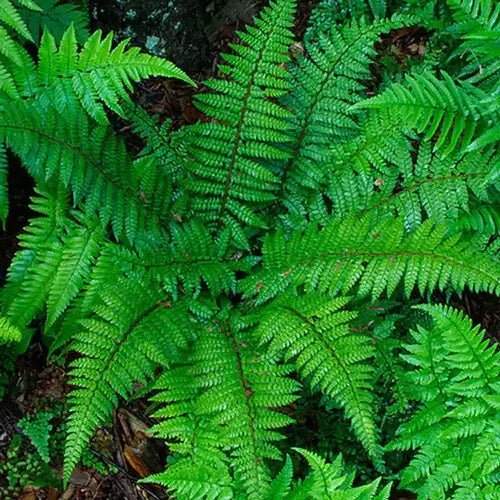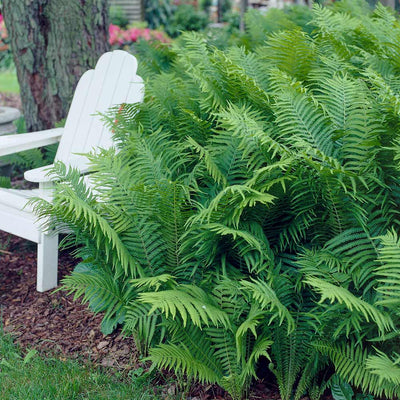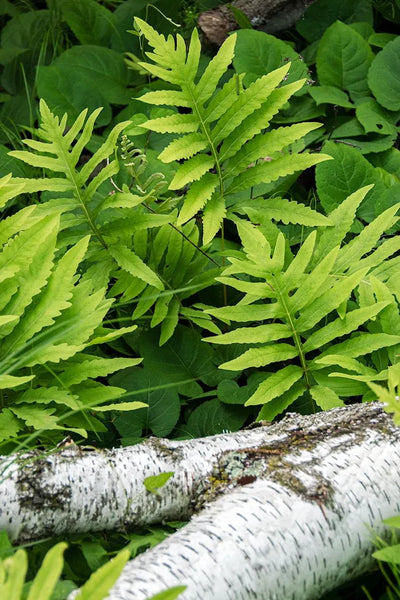For centuries, ferns have been affordable phots locally developed enhancing beauty and multifunctionality to a variety of garden. This means that they are well adapted to the climate and the ecosystem, they are very easy to grow and, therefore, appropriate to all tiers of gardeners.
Native ferns also aid in enhancing the beauty of the garden but also serve very crucial environmental functions such as conservation and improving the balance of the ecosystem as well as wildlife. While planting and cultivating ferns and ferns is the best way to cover the gloomy and neglected regions of the garden or to create a friendly feel in the garden, native ferns are certainly the best option.
Description of Native Ferns
These are Phots that are developed in a particular zone of climate and environmental circumstances is called native ferns. Native ferns are less work once they are established, compared to exotic ferns which are much more particular and difficult. They include the Christmas, Maidenhair, Sensitive, Cinnamon and Ostrich and New York ferns. Each of these types contributes differently in landscaping with size, texture and color.
Adding Native Ferns Benefits
Consider adding native ferns to your garden for the purposes below:
Little Effort: Native ferns require little to no additional care after establishment. They thrive in wet, shady, garden areas where most other kinds of plants will not. Ferns do better in gardens which receive little direct sunlight, and where the soil is poor.
Wildlife Support: Native ferns habitat many forms of wildlife that reside in our area. In addition to spores that serve as food, dense clumps of ferns provide cover. Some ferns, such as Lady Fern, can attract butterflies and other pollinators.
Visual Interest: Ferns improve the landscape of any property. They add structural as well as aesthetic value to the landscape. Ferns help fill in the shady areas and provide cover in the spots with brightly blooming flowers. The delicate fern fronds soften the other plants surrounding them, creating beauty and balance to the landscape.
Resistance to Pests and Diseases: One of the most remarkable things about native ferns is that most of them can resist many pests and diseases that most plants struggle with. They require little attention and do not require pesticides to keep them in good condition which is a plus for eco-friendly gardeners.
Improved Soil Health: The soil structure and composition is also improved in a plant with a deep root systemicaly, ferns in which soil erosion is reduced and water retention is increased. The soil is also made more fertile with the roots that help to literally break down organic material.
Best Ferns for Your Yard
Several native ferns are particular positively hypothetic for gardening and landscaping.
- Christmas Fern (Polystichum acrostichoides): This evergreen fern provides winter evergreen display by remaining cheerful and bright throughout the winter.
- Cinnamon Fern (Osmunda cinnamomea): This fern thrives in moisture and shade, producing tall, feathery fronds with cinnamon spores.
- Ostrich Fern (Matteuccia struthiopteris): This fern is set to be a particular favourite for the dramatic style of garden shade, producing large, streamlined and clumping fronds.
- Maidenhair Fern (Adiantum): This fine fern is perfect for textural with bright contrasting plants.
- Sensitive Fern (Onoclea sensibilis): This tolerant fern is perfect for the wetter, boggy areas of the garden.
Ferns in Gardening
In landscaping, tall ferns work best positioned behind other plants, while ferns of medium height can fill neglected areas beneath larger shrubs and trees. Ferns can act as natural vertical borders to delineate spaces, and soften the harsh lines of flower borders. Finally, ferns can be combined with other indigenous plants to create a self-sustaining garden with low water and maintenance needs.
Sustainable Gardening with Ferns
Restoring balance to the external landscape of a property comes along with planting native ferns with ornamental uses. No synthetic fertilizers and pesticides are used. Native ferns assist in ferns restoration with the local ecosystem. Native ferns improve soil quality, aid in local biodiversity, and assist in the water retention of the soil. And of course, the fact that ferns are naturally abundant ferns, a garden will certainly enjoy a reduced greenhouse footprint.
Check out TN Nursery.
If you are looking for beautiful ferns that are also very easy to care for, you can find them at TN Nursery. In your region, they can assist in building a thriving, self-sustaining ecosystem by offering a wide range of native plants suited to local environments.
Common Queries About Native Ferns
What are the benefits of ferns?
Ferns have aesthetic value, which includes ease of care, alongside wonderful ecological value, such as the improved keeping of soil as well as retention of water due to erosion control. They thrive and flourish in shady areas and have considerable associated wildlife. Ferns are also credited with improved soil and water retention.
Do ferns benefit wildlife?
Yes. Ferns provide wildlife with abundant forage and cover. The dense foliage of ferns provides habitat for smaller mammals and a multitude of insects. Fern spores are beneficial to several butterflies, as well as other ferns with remnants of pollination. Ferns contribute greatly to the ecological balance of a garden.
Are ferns good to have in your yard?
Ferns are wonderful plants to incorporate in your garden, especially in moist and vine-covered areas. Instead of the other plants in the garden, ferns are more adaptive to low maintenance and insect-free environments. As well, ferns contribute a unique texture to the other plants which helps shape the overall design of the garden. Native ferns are also a wonderful contribution to the soil, along with the other ferns, further helping with the eco-friendliness of the garden.
What are the benefits of native plants?
Ferns, as native plants are more realistic to the realistic scenarios, vestige to weather, mental stress, and other sustainability loans. Along with scarcity, native plants and less nourished plants, less expensive, and less used herbs to fertilization more simplified and more planted compared to the foreign plants.
What is so special about ferns?
Ferns are not the common type of plant as they are over 350 million years old. Unlike most plants, ferns do not reproduce with the common seeds, and are mostly found in shaded, damp places.
Do ferns have any nutritional value?
Ferns are not cultivated and eaten widely, especially for nutrition, and so do not have deep explored nutritional value. Some forms of ferns are recognized in old-fashioned medicine, used to help and accelerate the healing process.
Do ferns have a purpose?
In any biome, the advent of ferns is critical to the biome equilibrium due to nutrient cycle breaks, thereby decomposing organic matter, enriching the soil, preventing soil erosion, conserving soil moisture, and providing a certain micro habitat for diverse range of wildlife.
What animals do ferns attract?
Ferns are fascinating plants that can attract and host a variety of wildlife, especially small mammals and insects. Other plants like the Cinnamon Fern are able to attract and host certain species of pollinators, notably, butterflies and moths, making them especially appealing to wildlife gardeners.






